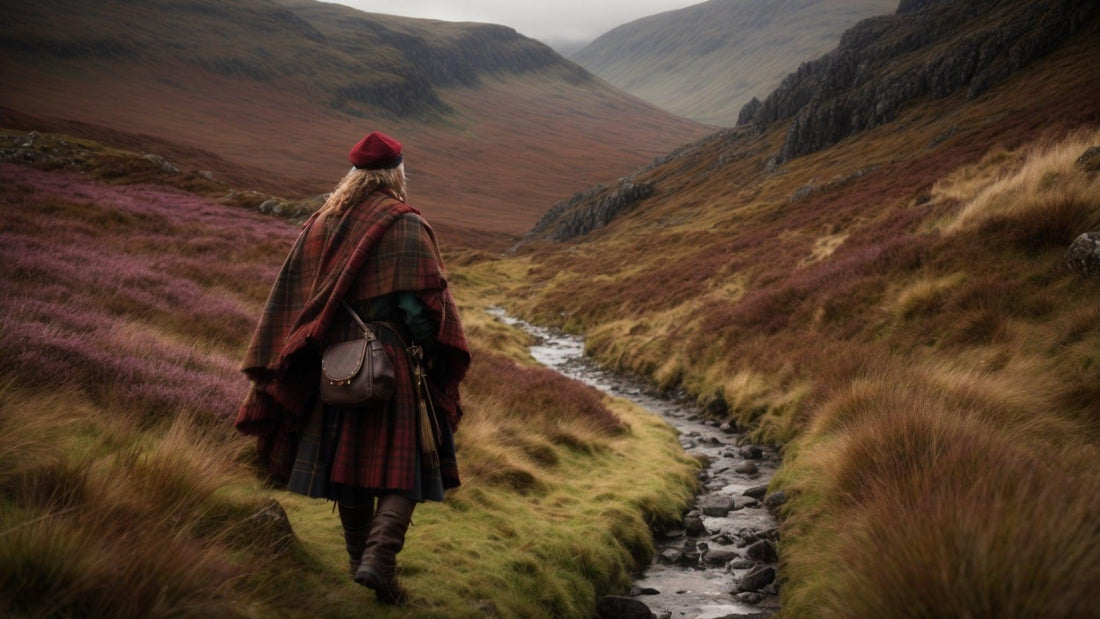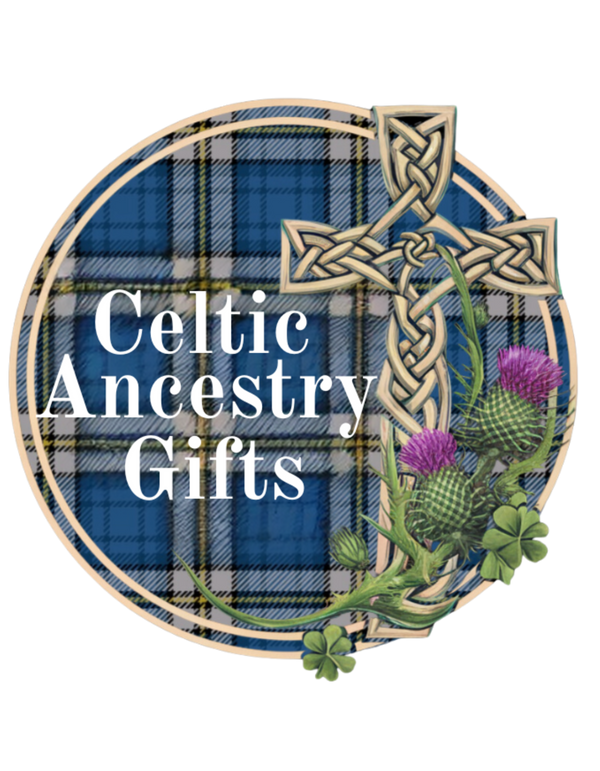
Clan Bruce: A History of Power, Royalty, and Modern Connections
Share
Clan Bruce: A Legacy Forged in Scottish History
The name Bruce resonates with power and legacy, inextricably linked to the history of Scotland. From the highlands to the halls of royalty, the Clan Bruce played a pivotal role in shaping the nation. This article delves into the rich history of Clan Bruce, exploring its origins, key figures like Robert the Bruce, significant connections, and its presence in modern times.
Origins and Early History of Clan Bruce
While the precise origins remain debated among historians, the Bruce clan's roots are firmly planted in the 11th century in Annandale, Dumfriesshire. The name itself is thought to derive from a Norman ancestor, likely arriving in Scotland during the Norman influence. Early Bruces gained prominence through strategic marriages and land acquisitions, steadily increasing their influence within the region.
Robert the Bruce: Scotland's Most Famous Bruce
No discussion of Clan Bruce is complete without acknowledging Robert the Bruce (c. 1274 – 1329), arguably the most significant figure in the clan's history. His struggle for Scottish independence against the English is legendary. Robert the Bruce's determination and military prowess are pivotal to Scotland's identity, and his victory at the Battle of Bannockburn in 1314 solidified his place in history as a national hero and one of Scotland's most celebrated kings. His influence on Scottish culture, politics, and national identity is still felt today.
Notable Figures Beyond Robert the Bruce
While Robert the Bruce overshadows other members of Clan Bruce, several other notable figures contributed significantly to the clan's legacy. These include:
- David Bruce (1324-1371): Son of Robert the Bruce, he ascended the throne and faced the challenges of maintaining Scottish independence.
- Edward Bruce (c. 1280 – 1318): Robert's brother played a key role in the Wars of Scottish Independence, serving as Regent of Scotland for his brother and later becoming High King of Ireland.
- Robert Bruce, 1st Earl of Carrick: Robert the Bruce's father laid the groundwork for his son's claim to the Scottish throne through strategic political maneuvering.
These individuals, amongst many others, contributed to the clan's prestige and influence during a turbulent period in Scottish history.
Clan Bruce Connections and Royal Ties
The Bruce clan formed significant alliances through marriage and political agreements. These connections extended to other powerful clans and played a crucial role in shaping the political landscape of Scotland. The royal connections of the Bruce clan are particularly noteworthy, as Robert the Bruce's descendants continued to hold influence within the Scottish court and beyond.
Clan Bruce in the Modern Day
In 2025, the Clan Bruce, like many Scottish clans, is a vibrant community largely defined by shared ancestry and heritage. While a formal clan structure may not exist in the traditional sense, descendants of Clan Bruce remain scattered across the globe. Individuals trace their lineage back to the Bruce name and celebrate their heritage through various means, including historical societies, gatherings, and genealogical research. The Bruce name continues to inspire and holds a significant place in modern Scottish identity and culture. The legacy continues to thrive in both a physical and symbolic sense.

